Risky Business: 3 Prevention Strategies for Osteoporosis
Thank you for reading our blog, for more blogs from us, click this link! Enjoy the read!
What is Osteoporosis?
Osteoporosis is a disease in which the bones become fragile and are more likely to break.
Who Gets Osteoporosis?
It is most common in the elderly population who are most at risk for falls and fractures. One in two women and one in five men over 50 will experience an osteoporosis-related break in their lifetime.
Who is at Risk for Developing Osteoporosis?
It is important for everyone to know the risk factors, symptoms, and risk reduction techniques they can do to avoid getting this disease.
Prevention Strategy #1 (Calcium):
Calcium is important! Our body needs it to do many things like making bones, sending messages in our nerves, and moving our muscles. We get calcium from the food and drinks we consume, and sometimes from pills. Calcium is really important for our health. The human body requires calcium for many different functions, including forming bones, transmitting nerve impulses, and regulating muscle contractions. MOST importantly, it is good for bone health! According to Mayo Clinic (https://www.mayoclinic.org/diseases-conditions/osteoporosis/symptoms-causes/syc-20351968), “Men and women between the ages of 18 and 50 need 1,000 milligrams of calcium a day. This daily amount increases to 1,200 milligrams when women turn 50 and men turn 70.”
Prevention Strategy #2 (Vitamin D):
Vitamin D is a nutrient that is crucial for the body to function properly. It is crucial for bone health, mood, and immunity. Vitamin D is made in the body when it is exposed to the sun. However, now days, people are not able to get enough sun to make enough vitamin D. Vitamin D is usually obtained through food. But, vitamin D is also found in enriched dairy, margarine, fortified cereals, and fortified milk. According to Mayo Clinic (https://www.mayoclinic.org/diseases-conditions/osteoporosis/symptoms-causes/syc-20351968) “Most people need at least 600 international units (IU) of vitamin D a day. That recommendation increases to 800 IU a day after age 70.”
Prevention Strategy #3 (Exercise):
As you already know, the human body is a complicated and intricate system and there can be many factors that cause osteoporosis. In regards to the best forms of treatment for osteoporosis, exercise is one of the many things you can do to build bone health. Why is exercise is good for osteoporosis? Exercise helps to increase the amount of bone mass. Exercise also helps to reduce the effects of osteoporosis by improving balance, increasing energy, and increasing bone density.
How do you know if you have osteoporosis?
One of the most common symptoms of osteoporosis is a broken bone. Other symptoms can include back pain, difficulty getting out of bed, difficulty bending over, difficulty getting up from a chair, and severe headaches. The musculoskeletal system can be stressed to the point of which bones become “osteopenia” (osteopenia, the procurser to osteoporosis). Osteopenia symptoms are less obvious, so it is important to know what cause of osteoporosis is in order to prevent early onset and progression of this condition.
What causes osteoporosis?
Many people believe that this disease is caused by things they can’t control, like their family history or bad luck. But actually, it is more likely caused by certain things that increase the chance of getting the disease. People who are at higher risk of getting this disease include women who have gone through menopause, people who don’t exercise, people who smoke, people who drink a lot of alcohol, and people who are very thin. The disease is also common in people who have had other health problems like rheumatoid arthritis or cancer. Sometimes, people only find out they have the disease after they break a bone or get screened for other conditions.
Find an Expert
When it comes to physical exercise, it is important to work with an expert that knows how to load the musculoskeletal system properly. The physical therapists at Kinito Physical Therapy are Doctors of Physical Therapy with a passion for helping people with osteoporosis.
Thank you for reading the blog! For more, click here!
